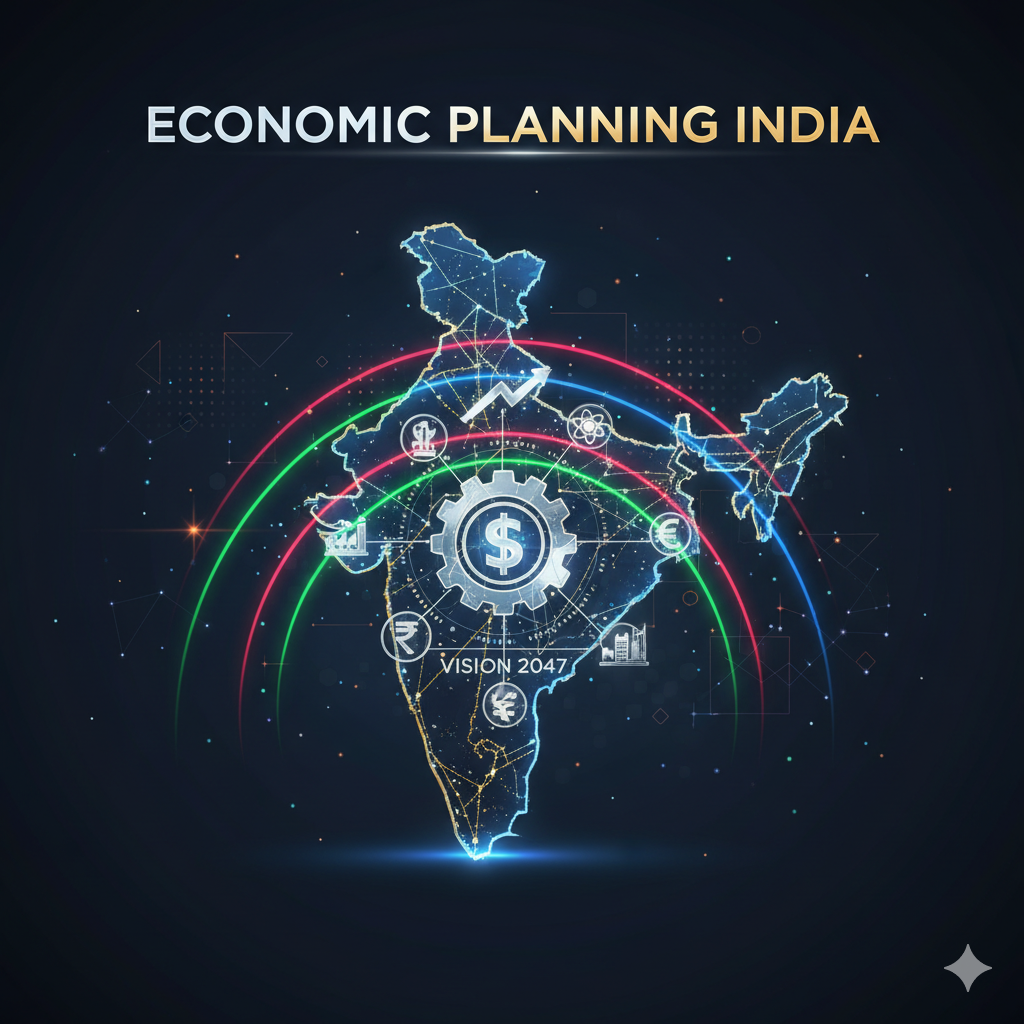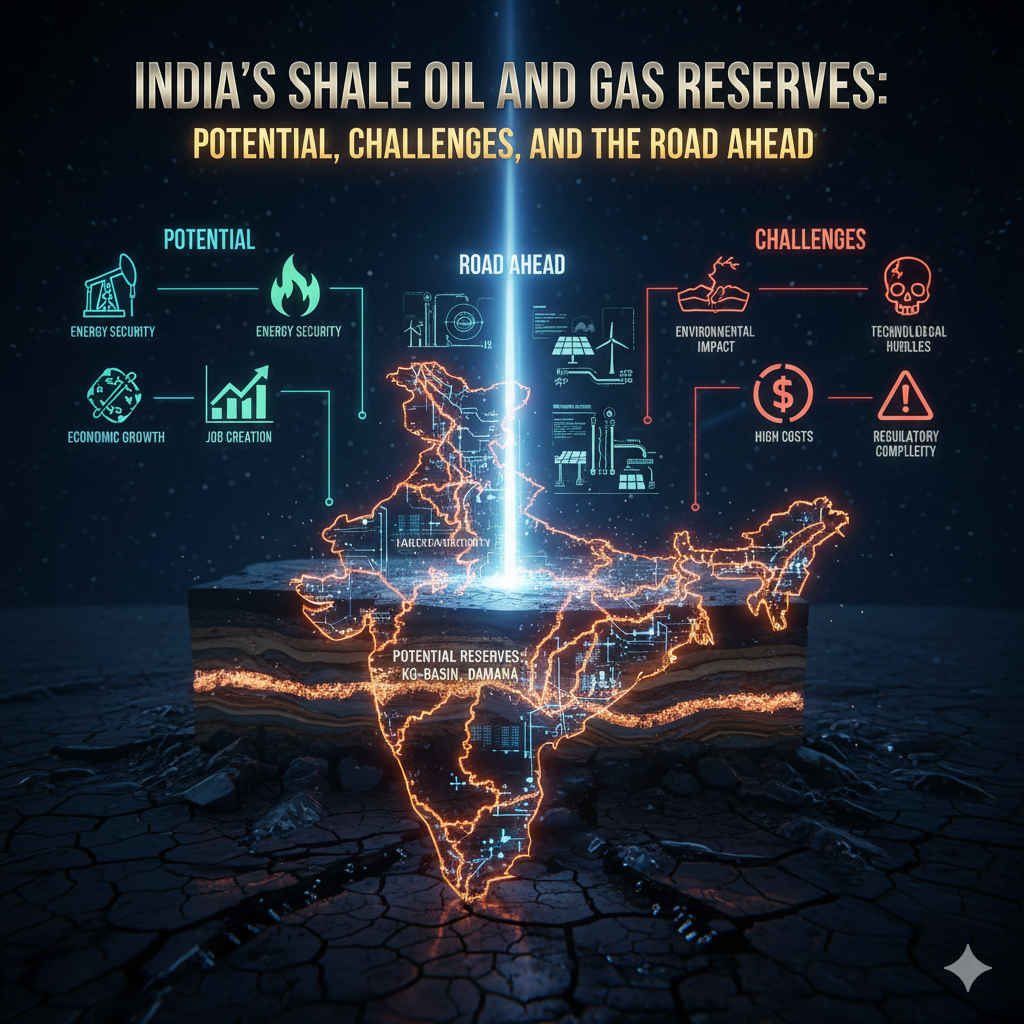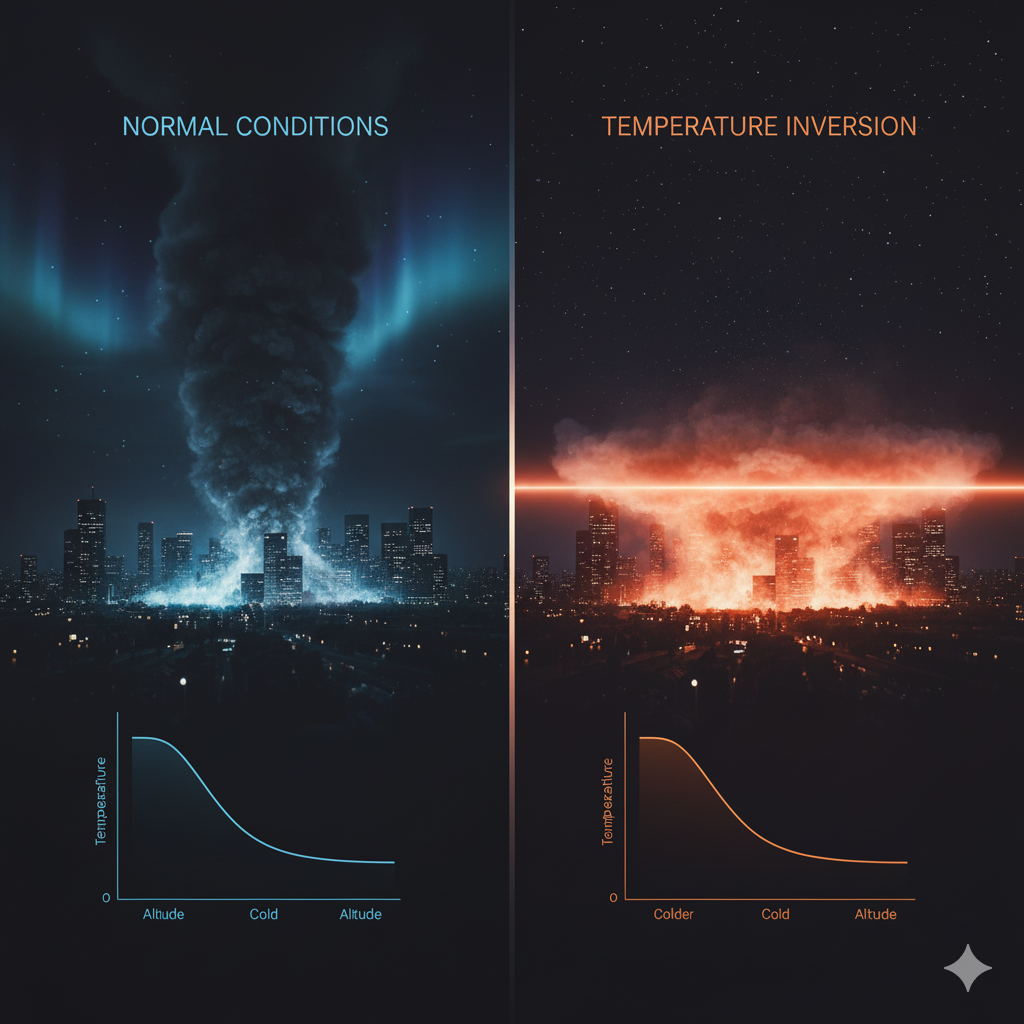Introduction
The Himalayas, often referred to as the “Water Towers of Asia,” are home to the largest concentration of glaciers outside the polar regions. These glaciers, stretching across India, Nepal, Bhutan, and Tibet, act as perennial reservoirs of freshwater. India, in particular, depends heavily on Himalayan glaciers, which feed its major river systems—the Indus, Ganga, and Brahmaputra. These rivers sustain hundreds of millions of people, support vast agricultural lands, fuel hydropower generation, and provide drinking water to numerous cities.
However, in recent decades, scientific evidence has highlighted the alarming rate at which Himalayan glaciers are retreating. Accelerated by climate change, global warming, and anthropogenic pressures, this retreat poses significant threats to the water resources of India. Unlike seasonal rains, glacier melt provides a steady supply of water, especially during dry months. If glaciers continue to shrink, the impacts will be far-reaching, influencing not just the hydrology of rivers but also agriculture, energy, ecosystems, and national security.
This essay explores the phenomenon of Himalayan glacier melting, its causes, its implications for India’s water resources, and the broader environmental, economic, and social consequences.
Himalayan Glaciers: An Overview
Geographical Significance
- The Himalayas stretch for about 2,400 km across northern India, encompassing states like Jammu & Kashmir, Himachal Pradesh, Uttarakhand, Sikkim, and Arunachal Pradesh.
- The Indian Himalayas host nearly 9,500 glaciers, covering an area of about 33,000 sq km.
Major Glacier-Fed River Systems in India
- Indus River System – fed by glaciers in Ladakh and Kashmir.
- Ganga River System – source glaciers like Gangotri and Yamunotri in Uttarakhand.
- Brahmaputra River System – originates from the Angsi Glacier in Tibet, fed by glaciers in Arunachal Pradesh.
These rivers are lifelines for agriculture, hydropower, and drinking water in India.
Causes of Himalayan Glacier Melting
1. Climate Change and Global Warming
- Rising global temperatures have led to accelerated melting.
- The Himalayas have warmed at a rate higher than the global average, with an increase of about 0.5–1°C per decade in some regions.
2. Black Carbon Deposition
- Emissions from vehicles, industries, and biomass burning deposit soot on glaciers, reducing their reflectivity (albedo) and increasing melting rates.
3. Changing Monsoon Patterns
- Erratic rainfall and reduced snowfall in winter affect glacier accumulation.
- More rain instead of snow accelerates glacier thinning.
4. Anthropogenic Activities
- Deforestation, urbanization, and infrastructure projects in Himalayan states disturb fragile ecosystems, increasing glacial vulnerability.
Impacts of Glacier Melting on India’s Water Resources
1. Impact on River Flows
- In the short term, increased melting raises river discharge, leading to floods and unstable river regimes.
- In the long term, as glaciers shrink, river flows will decline, especially in dry months.
For example:
- The Ganga Basin, home to over 500 million people, relies on glaciers for about 30–40% of its flow during summer. Reduced glaciers will directly affect its availability.
- The Indus River, supporting agriculture in Jammu, Kashmir, Punjab, and Haryana, is heavily dependent on glacial melt; its reduced flow would cripple irrigation.
2. Decline in Freshwater Availability
- Himalayan glaciers are crucial sources of freshwater storage.
- Their decline will increase dependence on monsoon rains, which are erratic and unevenly distributed.
- This could create seasonal water shortages in urban and rural India.
3. Agriculture and Food Security
- Nearly 70% of India’s agriculture depends on irrigation, much of it sourced from glacier-fed rivers.
- Declining glacier-fed flows will reduce irrigation potential, threatening food security.
- Major crops like wheat, rice, and sugarcane grown in Indo-Gangetic plains could face water stress.
4. Hydropower Generation
- India has significant hydropower capacity in Himalayan states.
- Unpredictable river flows will reduce efficiency of dams and hydropower plants.
- Sudden glacier lake outbursts (GLOFs) can also damage infrastructure, as seen in the 2021 Chamoli disaster in Uttarakhand.
5. Drinking Water Supply
- Cities like Delhi, Kanpur, and Kolkata rely heavily on Ganga water, while others depend on tributaries of Brahmaputra and Indus.
- Declining glacier-fed flows will affect urban drinking water security.
6. Groundwater Recharge
- Glacier-fed rivers play a critical role in recharging aquifers.
- Reduced flows will worsen India’s already critical groundwater depletion problem.
7. Glacier Lake Outburst Floods (GLOFs)
- Melting glaciers form large lakes dammed by ice or moraines.
- Their sudden bursting causes catastrophic floods, endangering water storage, dams, and local communities.
Regional Impacts on Indian River Basins
Indus Basin
- Highly glacier-dependent; melting could reduce river discharge significantly by 2050.
- Agricultural regions in Punjab and Haryana may face acute water scarcity.
Ganga Basin
- Initially, increased melting may boost flows, but eventual glacier retreat will reduce availability.
- Cities, industries, and farmlands in Uttar Pradesh and Bihar will be impacted.
Brahmaputra Basin
- Increased glacier melting may trigger more floods in Assam and Northeast.
- Later, reduced glacier reserves will diminish dry season flow, affecting agriculture and navigation.
Socio-Economic Implications
- Food Security Risks – decline in irrigation water will affect crop yields.
- Energy Security – unreliable hydropower will force greater dependence on fossil fuels.
- Livelihood Threats – farmers, fisherfolk, and mountain communities will suffer.
- Migration and Conflicts – water scarcity may trigger migration from Himalayan and Gangetic states, potentially leading to regional conflicts.
- Health Risks – water scarcity will worsen sanitation, hygiene, and disease outbreaks.
Ecological Consequences
- Declining glaciers affect wetlands, forests, and aquatic biodiversity.
- Reduced river flows may alter delta ecosystems, such as the Sundarbans.
- Increased floods and droughts will destabilize ecological balance.
National Security Dimensions
- Himalayan rivers are transboundary (Indus, Brahmaputra), shared with Pakistan, China, Nepal, and Bangladesh.
- Declining flows may fuel geopolitical tensions over water sharing.
- Climate-induced water stress could exacerbate strategic vulnerabilities in border regions.
Scientific Studies and Predictions
- The IPCC (2021) warns that one-third of Himalayan glaciers may disappear by the end of the century under current warming trends.
- The International Centre for Integrated Mountain Development (ICIMOD) estimates that Himalayan glaciers could lose two-thirds of their mass by 2100 if global emissions are not reduced.
- A TERI study highlights that the Ganga’s water flow could reduce significantly by mid-century, threatening agriculture and drinking water.
Policy Responses and Adaptation Strategies
National Efforts
- National Action Plan on Climate Change (NAPCC) – National Mission for Sustaining the Himalayan Ecosystem (NMSHE).
- Glacier monitoring programs by ISRO and Geological Survey of India.
- National Water Mission – emphasizes integrated water resource management.
Regional Cooperation
- India participates in ICIMOD for transboundary Himalayan studies.
- Strengthening treaties like the Indus Water Treaty will be critical in a warming climate.
Adaptation Strategies
- Developing climate-resilient agriculture.
- Expanding rainwater harvesting and groundwater recharge.
- Promoting sustainable hydropower practices.
- Strengthening early warning systems for floods and GLOFs.
- Enhancing afforestation in Himalayan catchments to stabilize ecosystems.
Future Outlook
- If emissions are curbed under the Paris Agreement goals, glacier retreat may stabilize.
- However, without urgent action, India faces a looming water crisis with cascading impacts on agriculture, energy, health, and security.
- Adaptation and resilience-building must go hand in hand with global climate mitigation.
Conclusion
The Himalayan glaciers are not just geographical features but lifelines for India’s water resources, food security, and sustainable development. Their accelerated melting, driven by climate change and human pressures, will have far-reaching impacts—ranging from river flow disruptions and agricultural decline to hydropower instability and geopolitical challenges.
The impacts are not confined to mountain regions but will be felt across the Indo-Gangetic plains, the Brahmaputra Valley, and beyond. Hence, glacier retreat represents a national and global concern, demanding urgent action on climate change mitigation, sustainable water management, and transboundary cooperation.
Protecting the Himalayan glaciers is, therefore, not only about conserving nature but also about securing India’s future.




